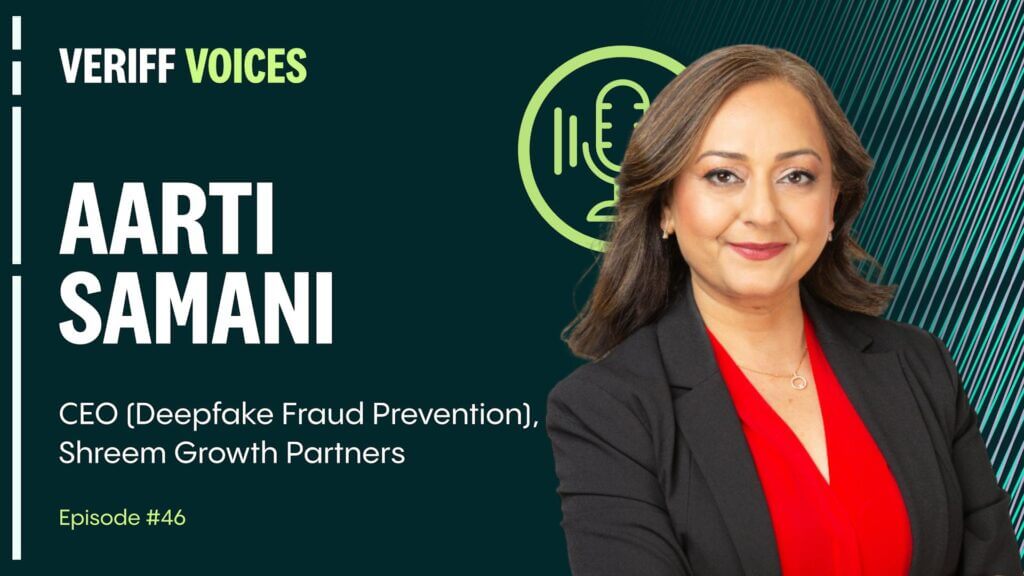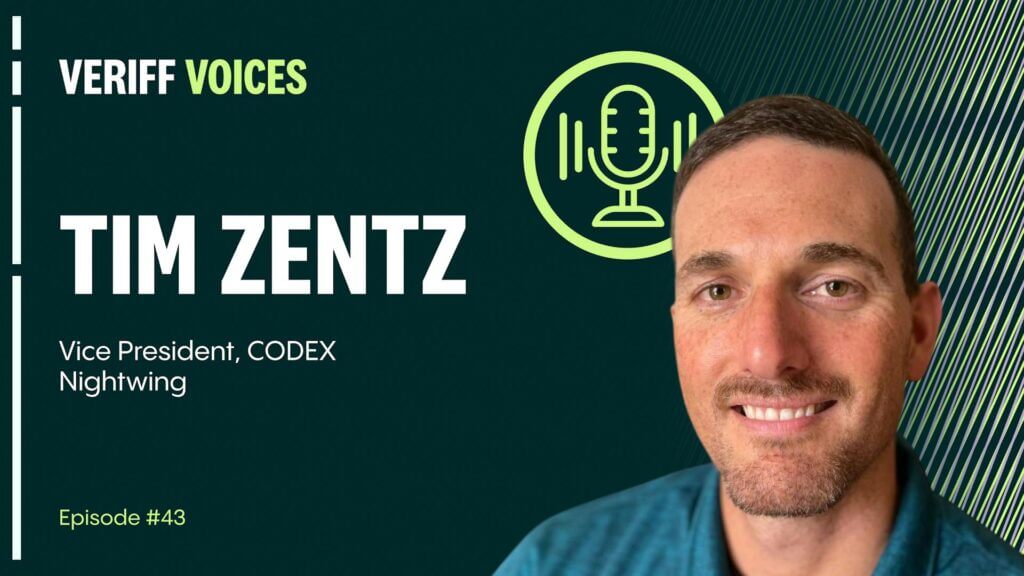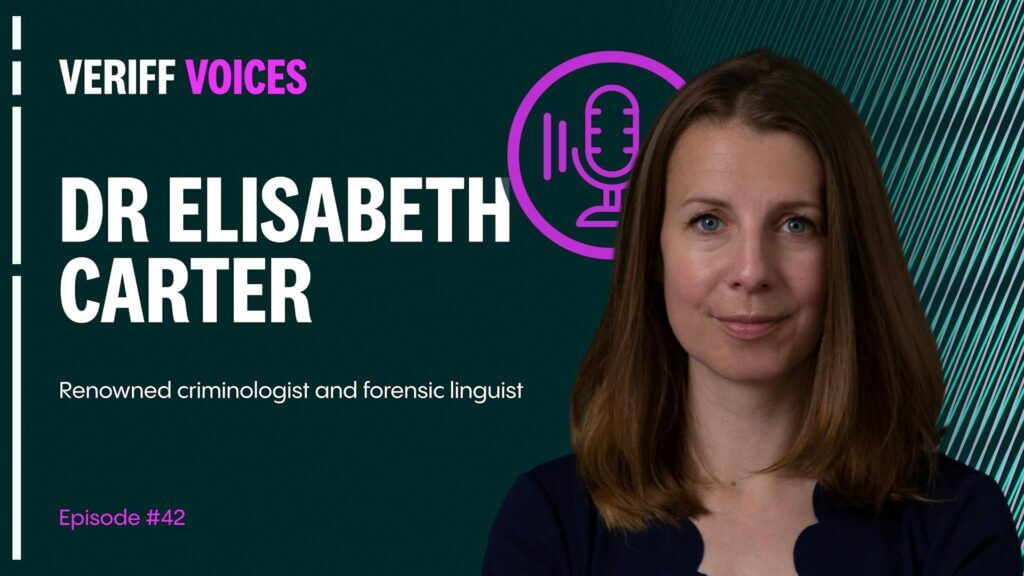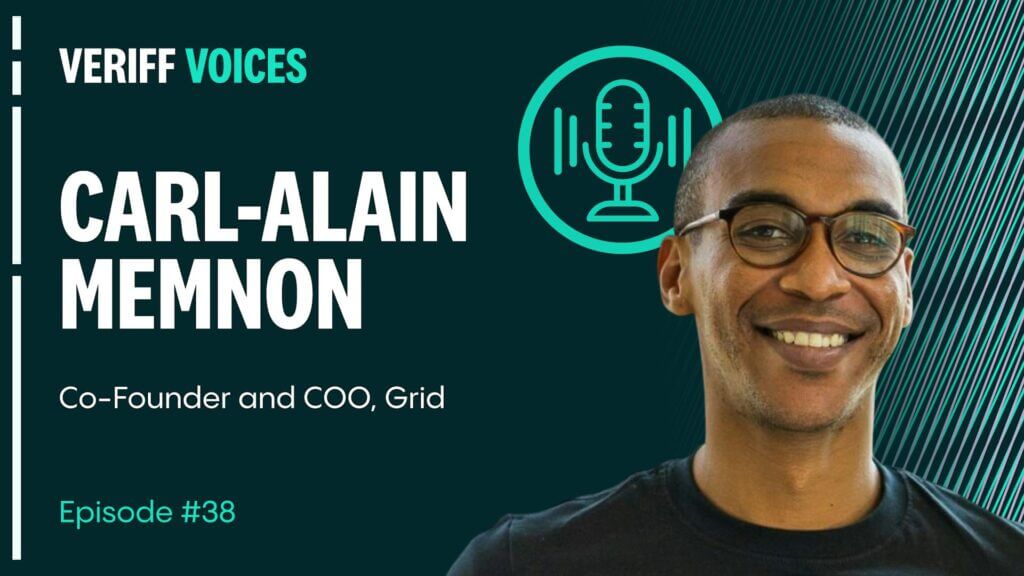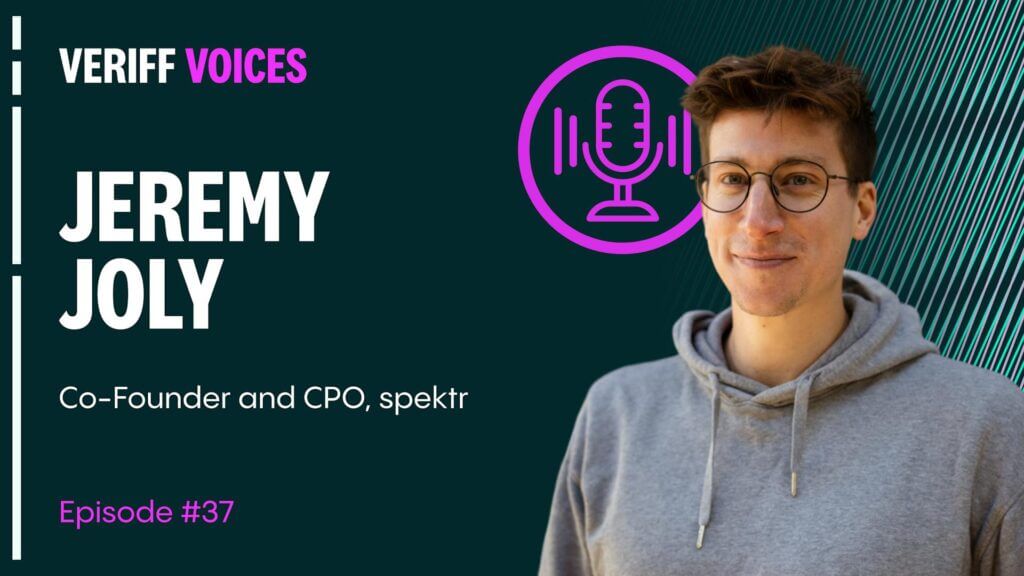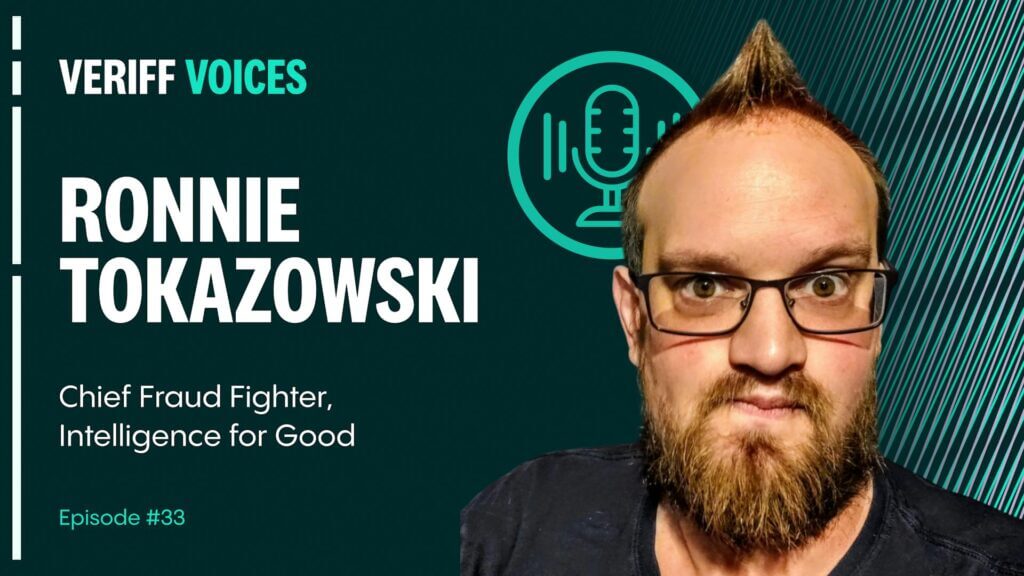Podcast
The threat from the collapsed user experience and the online AI arms race
David Divitt has spent more than two decades working with major financial institutions and payment providers to develop their fraud prevention strategies. He offers his expert advice on how to keep fraudsters at bay as ongoing digitization pushes more and more businesses online.
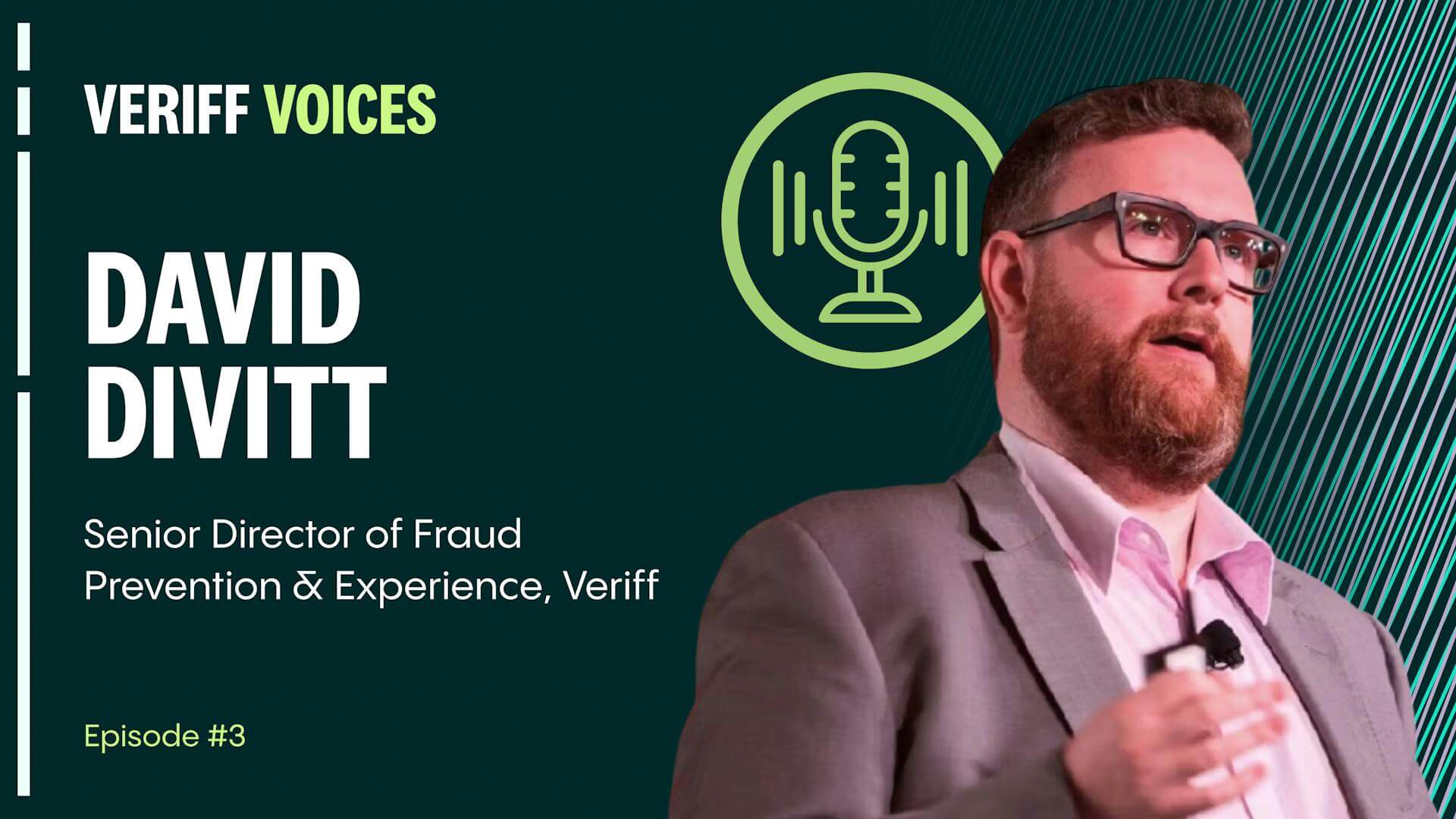
Listen to full conversation with David now!
Asked about the key driver behind the growth in online fraud, David Divitt, Veriff’s Senior Director of Fraud Prevention and Experience, is unequivocal: “digitization,” he says simply.
“The more we digitize services, the more fraudsters will find weaknesses and threats and poke holes in things.” Businesses moving online therefore need to have fraud prevention in mind from the outset.
“Don’t get complacent and think, you know what, we’ve got to just launch, and we’ll figure it out later, because fraudsters will figure it out very, very quickly,” comments David.
Faster services mean faster fraud
While the benefits to businesses and their customers in terms of convenience are clear, there is always a flipside. The rapid nature of online transactions is an example.
“One benefit of digitization is speed. Speed to market, speed of services, right?” says David. “But faster services mean faster fraud, I’m afraid.” He has witnessed at first hand just how quickly money can move from account to account once it’s stolen, making it almost impossible to recover.
The importance of an agile solution
As David explains, bad actors are nothing if not inventive, so even if your fraud prevention measures appear to be working, you should always be trying to stay one step ahead.
“A fraudster will basically probe your system until they figure out the rules, and then go around them,” explains David. “So, you need to have good tools in place that you can use to dynamically adapt your strategies to fraud trends as they evolve.”
Machine learning can be a powerful asset in fraud prevention, as instead of a static set of rules waiting to be discovered, businesses can present more of a moving target. This is becoming increasingly important as fraudsters themselves begin to adopt AI.
“Investing in good tech to help fight the bad tech, is the way you should think about it,” says David.
Balancing fraud detection and customer experience
Before implementing a solution, you should conduct an end-to-end risk assessment of your business. Only then can you decide what data you need at critical moments in the user journey to help make robust decisions about whether a customer or transaction is genuine. Of course, there’s always a trade-off to be made between minimising risk and maximising friction.
“As your business changes, as the fraud landscape changes, as the customer landscape changes, you’ll want to be able to swing that pendulum back and forth,” comments David. Fortunately, a lot of anti-fraud technology is almost invisible to the end user these days.
“You can do a lot by looking at the ways customers interact with your services,” says David. “If you can gather all that data and make better decisions with it, you can do that without the customer really ever knowing that it’s happening.”
The power of positive fraud prevention
Of course, sometimes a certain amount of friction in the user experience is inevitable when asking a customer to share sensitive information. But if you can emphasise that you’re doing everything possible to protect them, this can ultimately build trust.
“So, doing it in a way that’s conscientious of them and doesn’t feel cumbersome, but also feels like you’ve got their back,” says David. That can actually be a very powerful thing.”
Partnering with an expert provider
Finally, don’t be afraid to work with a provider to explore what more can be done. How can you tweak and customize your set up? What other tools or data can they offer to address any issues?
“Remember, vendors are experts at what they do. So, really work with your partner,” says David.
In his view, the relationship of trust between Veriff and its clients, and between these businesses and their end customers, is fundamental to success.
“Once we’ve given that (trust) to a business, we’re enabling them to do different things, to expand their offering, to take a few more risks that maybe they weren’t sure they could take before and therefore grow their business,” he says. “What that ultimately gives them is flexibility. I think that’s what’s really interesting about Veriff’s offering.”

Veriff Voices
To hear David talk about squeezed balloons, the collapsed user experience and why the use of AI in fraud is becoming an arms race, listen to our latest podcast.






